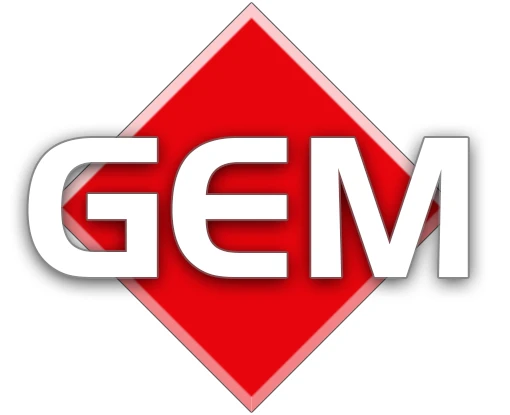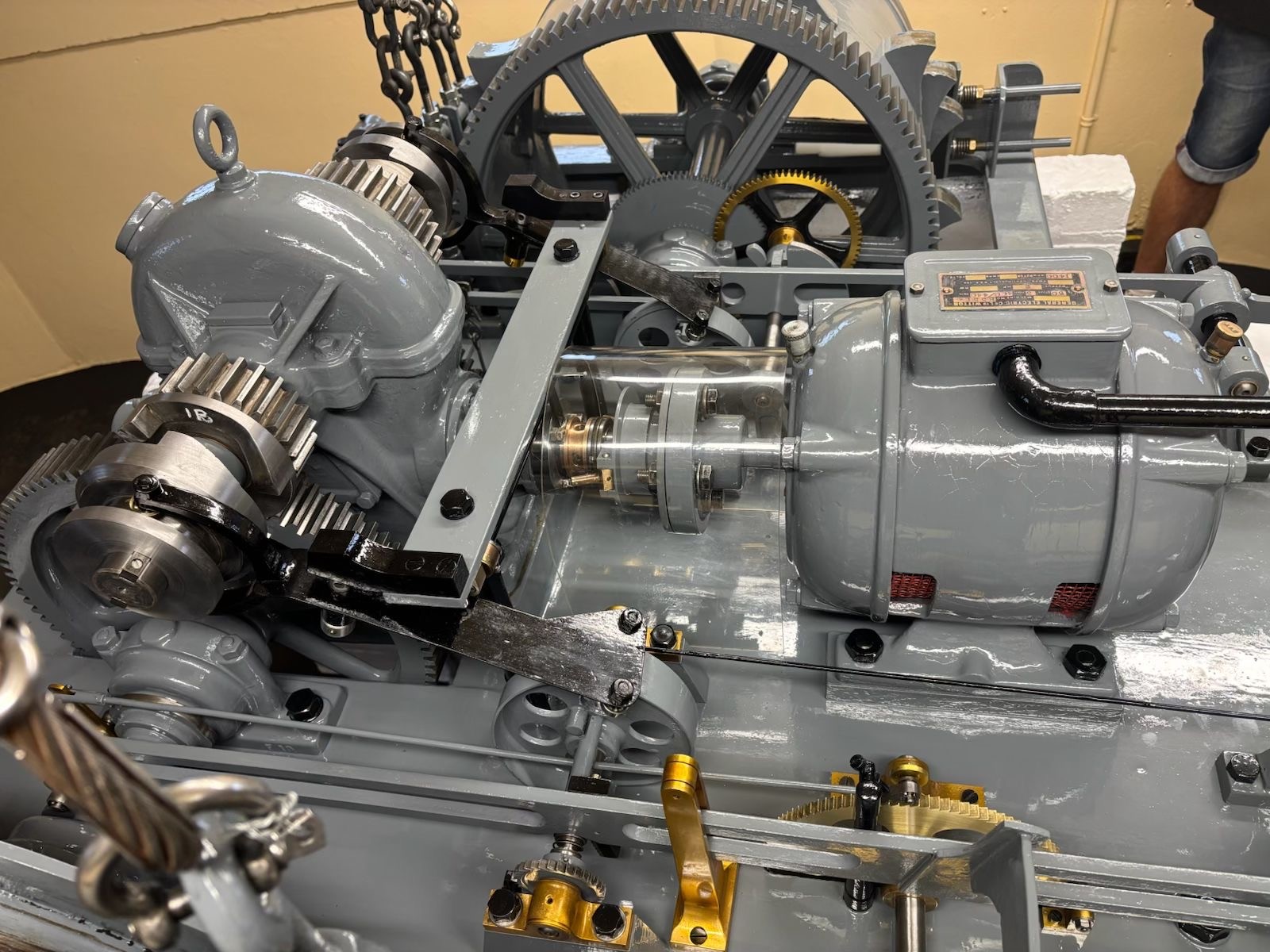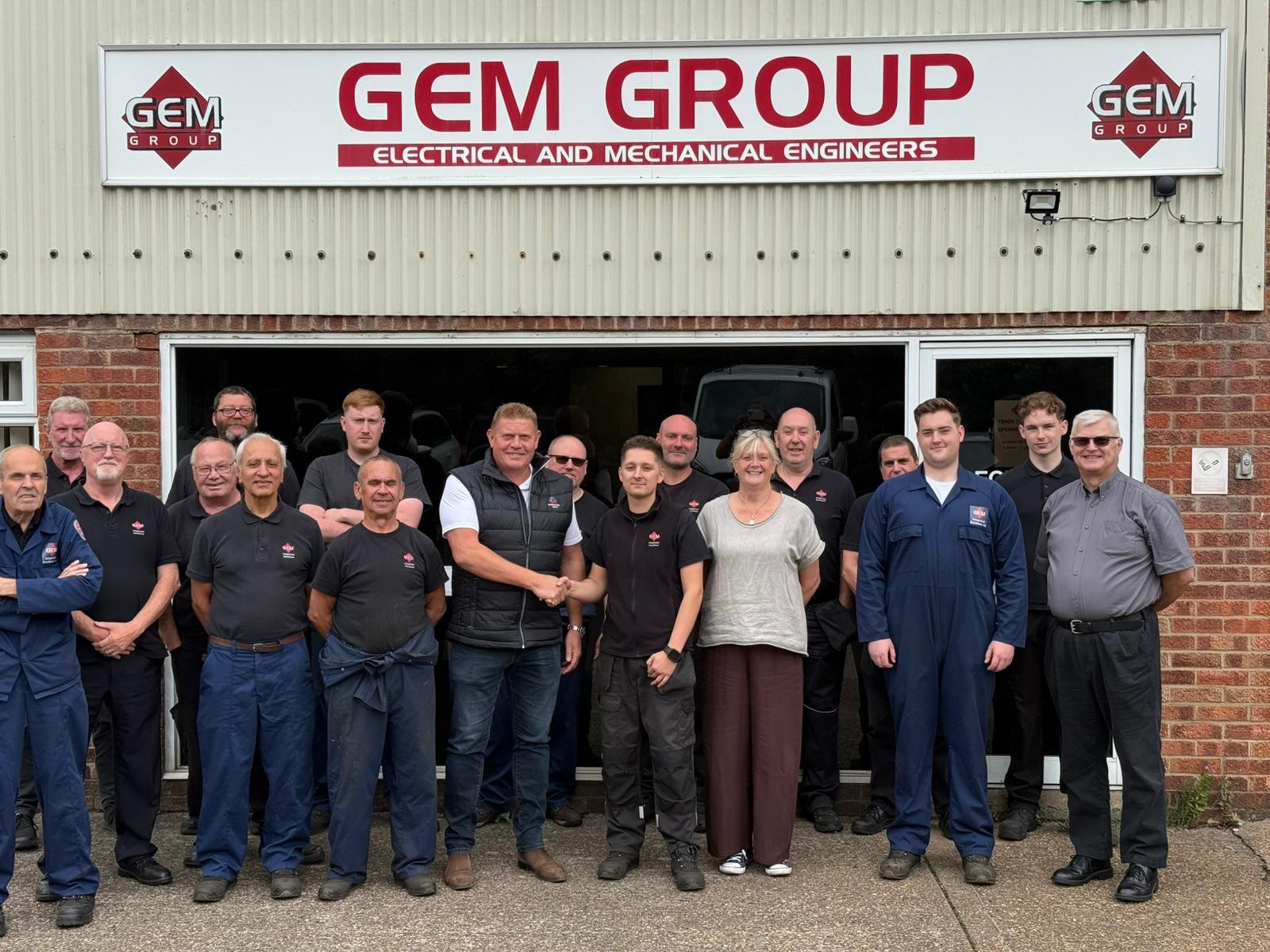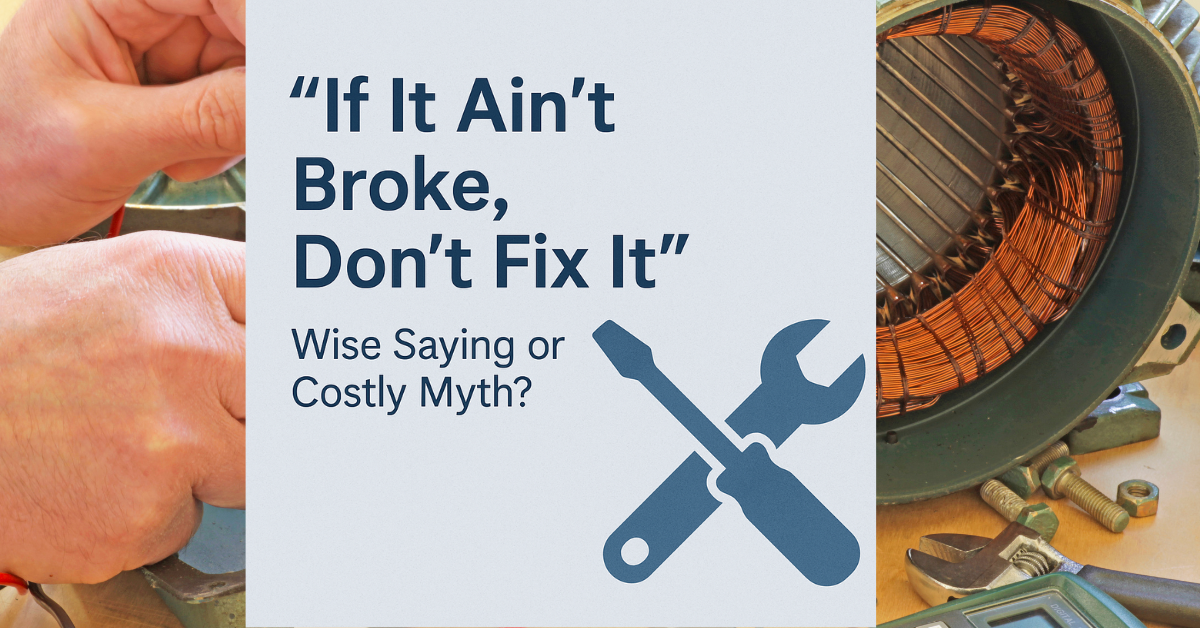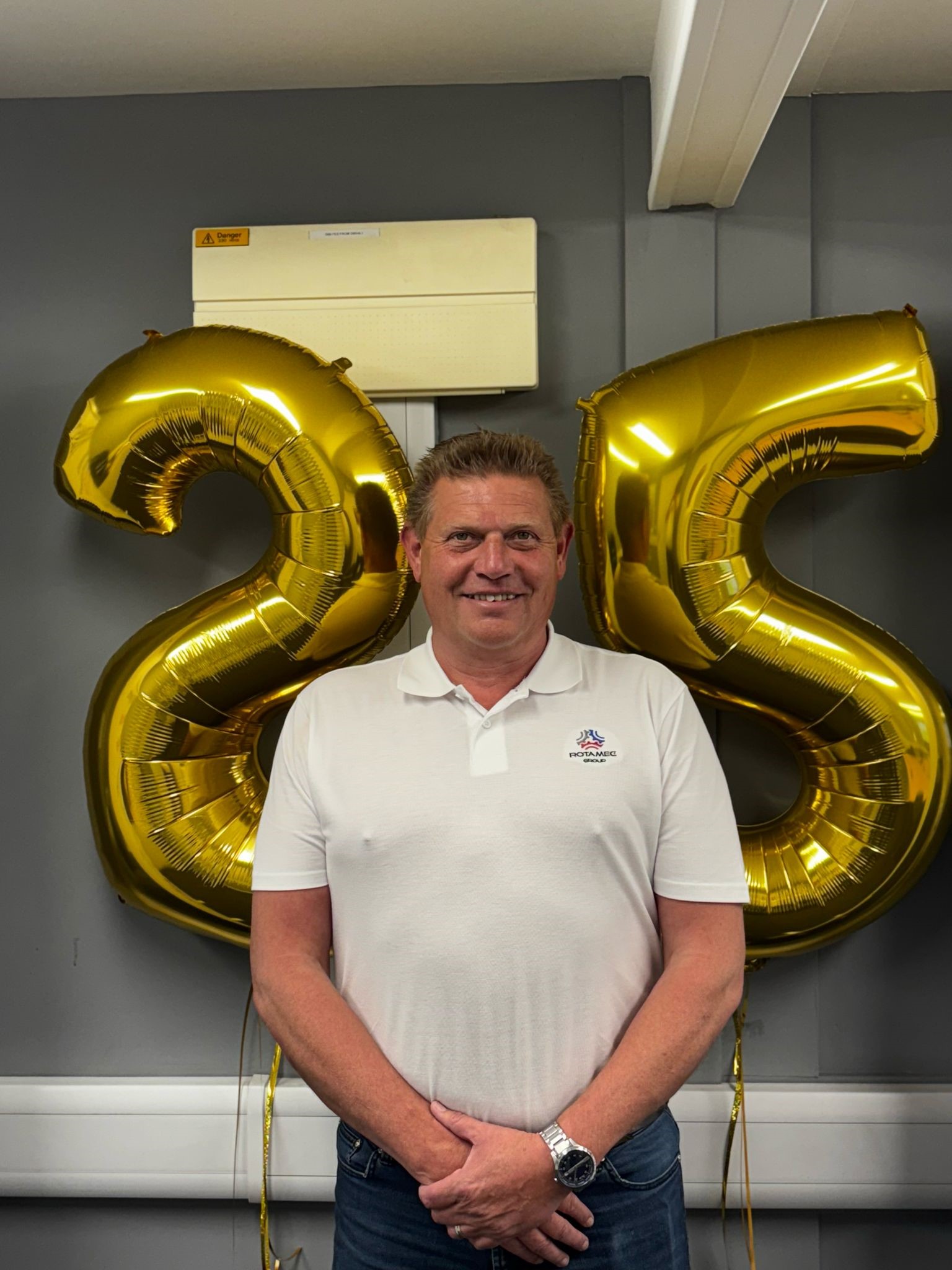It’s one of the most common expressions in engineering and maintenance circles: “If it ain’t broke, don’t fix it.”
On the surface, it sounds like practical wisdom. After all, why spend time, money, and resources on something that’s still working?
But in the world of industrial maintenance—especially in fast-paced sectors like manufacturing and food & beverage—this mindset can lead to expensive surprises.
The Hidden Cost of Waiting for Failure
Most equipment doesn’t go from healthy to catastrophic failure in an instant. There are often early warning signs: unusual noise, vibration, heat, leaks, or wear. Ignoring them because “it’s still running fine” can turn a small issue into a major breakdown.
Here’s what can happen when you wait:
- A worn bearing causes shaft misalignment, leading to complete motor failure.
- A small leak in a seal contaminates product, requiring a full batch write-off.
- A gearbox running hot causes unplanned line stoppage right before a delivery deadline.
Each of these could have been prevented with planned maintenance.
Why Preventive Maintenance Matters
Preventive maintenance isn’t about fixing what isn’t broken—it’s about intervening before a small issue becomes a big one.
- It reduces the risk of costly, unplanned downtime.
- It allows for maintenance during scheduled shutdowns, not emergency callouts.
- It extends equipment life and performance.
- It improves safety and compliance.
When “If It Ain’t Broke” Does Apply
To be fair, not every component needs constant attention. For some non-critical, low-cost parts, a run-to-failure strategy can make economic sense. But that only works when you’ve:
- Assessed the risk and downtime cost
- Confirmed the part won’t damage other systems
- Have spares and replacement plans ready
In other words: use the phrase carefully and strategically.
The Better Question: What’s the Cost of Not Fixing It?
At Rotamec, we’ve seen the real-world consequences of “waiting too long.” The good news? We’ve also helped customers move to smarter maintenance strategies that reduce breakdowns, extend asset life, and keep operations running smoothly.
Our advice: don’t be guided by catchy sayings. Be guided by data, insight, and experience.
What Do You Think?
Have you ever paid the price for waiting until something broke? Or saved money by sticking with “if it ain’t broke” thinking?


